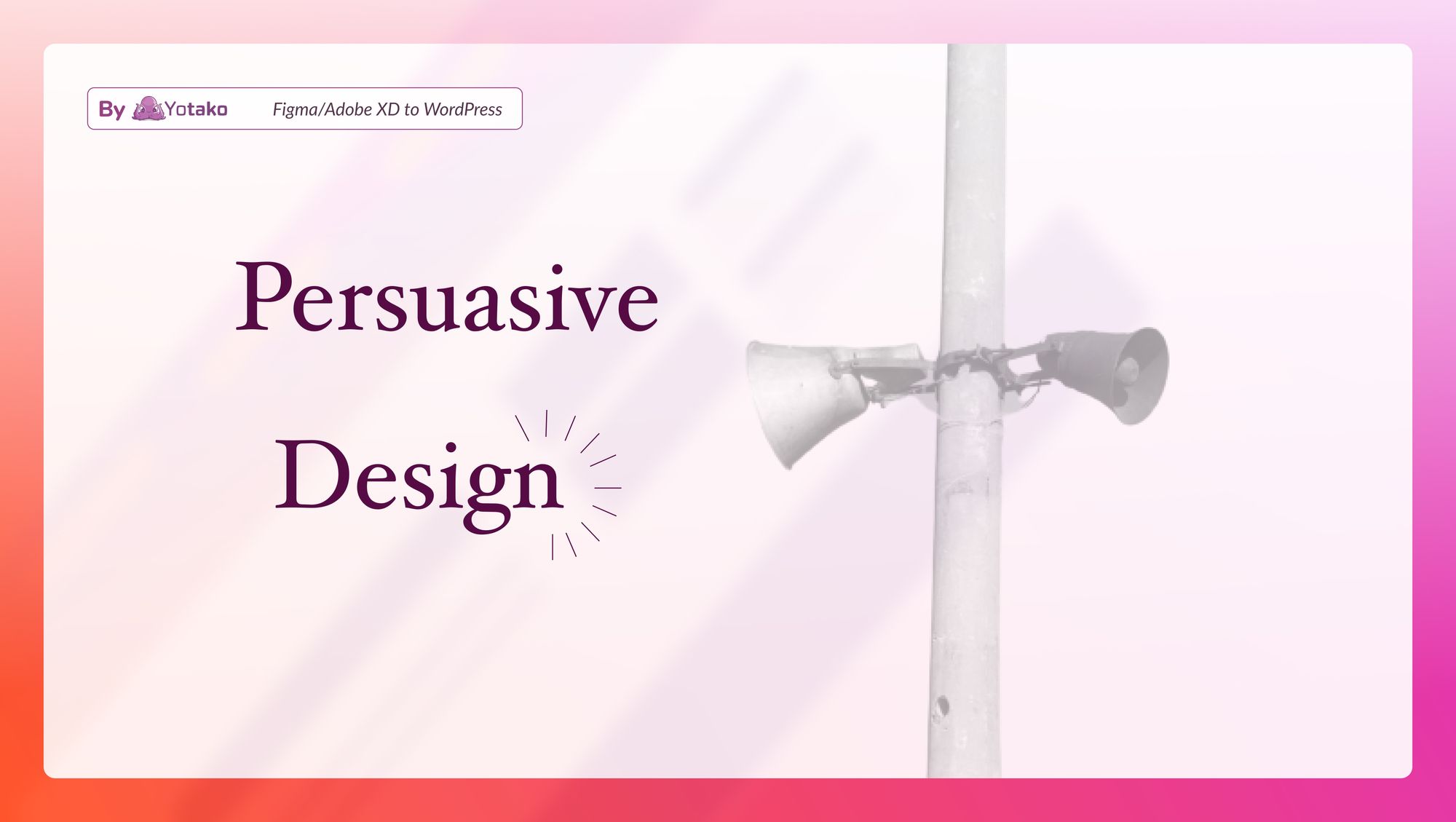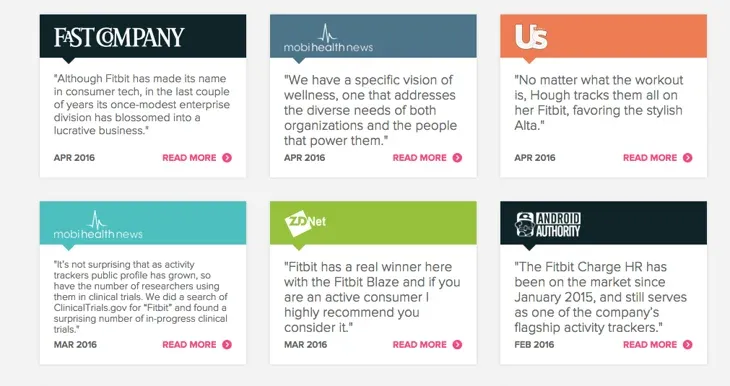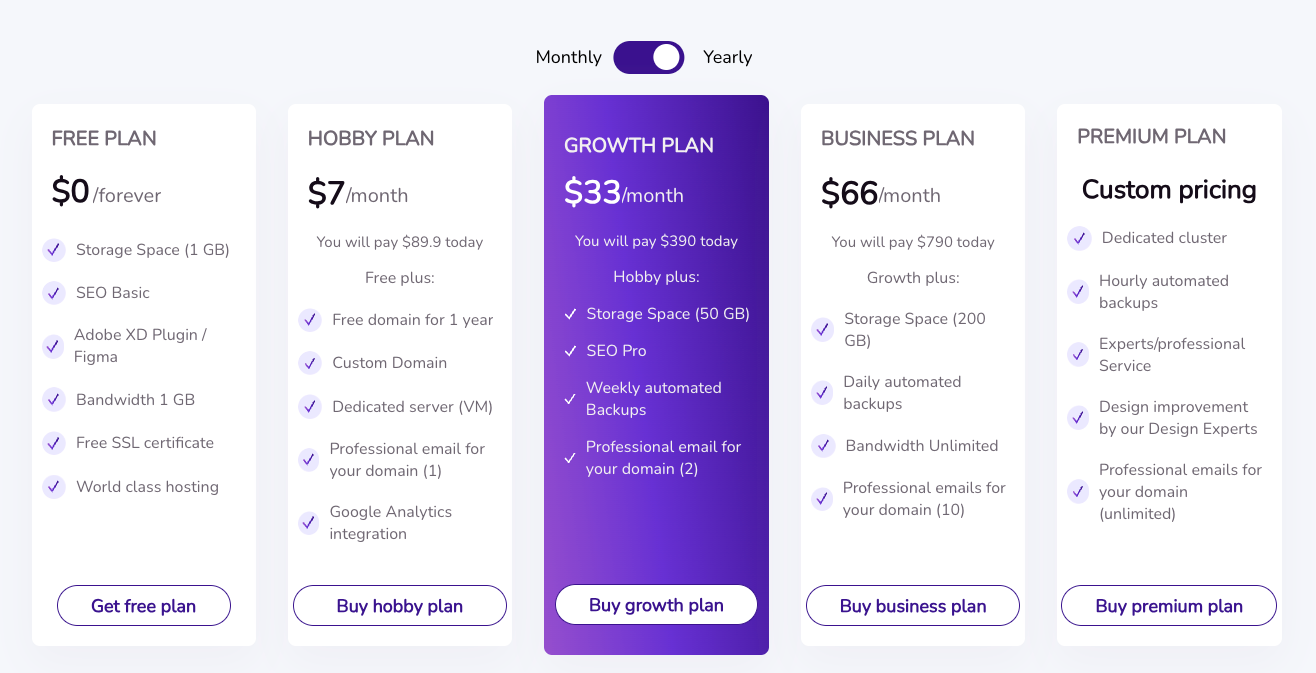The Art of Persuasive Design: Influencing User Behavior

Introduction
Persuasive design is a powerful practice that influences user behavior by leveraging psychological and social theories. In this article, we will explore the concept of persuasive design and how it can be applied to drive desired actions from users.
Understanding Persuasive Design
Persuasive design focuses on using a product or service's characteristics to influence human behavior. By applying psychological and social theories, designers can create experiences that encourage long-term engagement and desired outcomes. With the advancement of technology, persuasive design has become even more sophisticated, allowing for tailored user experiences that align with specific social principles of persuasion.
The Fogg Behavior Mode
The Fogg Behavior Model is a persuasive design framework developed by B.J. Fogg, a professor at Stanford University. This model point out three factors that contribute to behavior change: motivation, ability, and triggers. As designers we can impact these factors to achieve desired user behaviors without compromising our ethics.

We can design experiences that encourage desired behaviors effectively.
- Motivation: Identify what drives the users and align your design to fulfill those needs. Highlight the benefits and value your product or service offers to increase user motivation.
- Ability: Simplify the desired actions and make them easy to accomplish. Remove any barriers or difficulties that get in the way of the users.
- Triggers: Use triggers to drive users to take desired actions, such as strategically incorporating design cues, prompts, and calls-to-action.
Persuasive Design Techniques
Reciprocity: The reciprocity principle states that when people are given something upfront, they often feel a sense of obligation to repay what has been provided. This principle is very useful in user onboarding, where our focus should be on providing value first and then asking for user information.
Social Proof: Demonstrating that others have taken the desired action through testimonials, user reviews, etc.

Scarcity: Creating a perception of scarcity or exclusivity motivates users to take immediate action, this is the core concept that underlies the well known FOMO (fear of missing out). This patter as we all know is very used by booking.

Authority: Establishing credibility and authority through trusted brands increase the persuasive capacity.

We see in the example above outlined 4 points of authority.
Framing: Presenting information or choices in a specific way or perspective can influence user perceptions and their decisions. In this case, we can highlight how the growth plan on our company's pricing page stands out compared to the other plans

Applying Persuasive Design
Persuasive design can be applied across various domains to guide user behavior:
- E-commerce: Optimizing product pages, simplifying checkout processes, and strategically placing persuasive elements can drive conversions and encourage purchases.
- User Onboarding: Guiding users through intuitive and engaging onboarding experiences increases the likelihood of the user for discovering key features and increase engagement.
- Calls-to-Action: Crafting compelling and persuasive calls-to-action prompts users to take desired actions. Placement, language, and visual cues are very important.
- Feedback and Rewards: Implementing feedback loops, gamification, and reward systems can motivate users, increase engagement, and drive continued participation.
Conclusion
Persuasive design offers great potential for impact user behavior and to get desired results. However, it must be used with ethical responsibility. By applying persuasive design techniques in a ethical way, as a designers we can create experiences that impact user behavior while respecting their autonomy. The art of persuasive design is about empowering users, providing meaningful choices, and getting positive long-term engagement.
Remember, the goal of persuasive design is to create experiences that benefit users and align with their values and interests.

